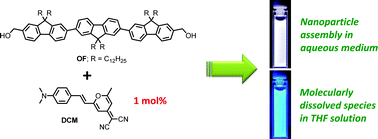Scientists in Israel have shown how an iron-based antioxidant could prevent damage in arteries that leads to cardiovascular disease.
Zeev Gross and team from the Israel Institute of Technology, Haifa, say that iron-corrole complex 1-Fe works by binding to the two types of cholesterol in the body to block the damaging effects of reactive oxygen and nitrogen species.
Reactive oxygen and nitrogen species are naturally present in the body. They modify the structures of cholesterol-delivering, or atherogenic, low-density lipoproteins and cholesterol-removing, or anti-atherogenic, high-density lipoproteins. This modification, known as oxidative stress, makes low-density lipoproteins (LDL, or bad cholesterol) more atherogenic and high-density lipoproteins (HDL, or good cholesterol) less anti-atherogenic.

1-Fe binds tightly to lipoproteins and is carried to the arterial wall
Gross’ team found that 1-Fe decomposes the harmful species in a catalytic fashion and binds tightly to the lipoproteins implying that the antioxidant will be carried all the way to the arterial wall, where the oxidative environment prevails. This is in contrast to current dietary antioxidants that are not as efficient against some reactive species and can damage the lipoproteins and the arterial wall.
The team analysed the 1-Fe/LDL and 1-Fe/HDL complexes in human serum. ‘The bipolarity of the complex is responsible for the high affinity of the corrole to lipoproteins in general,’ says Gross, ‘while coordination of the chelated iron(III) ion in 1-Fe with specific amino acid residues is involved in the selectivity to HDL.’
‘These findings will have a major impact on future antioxidant design,’ says Claus Jacob, an expert on catalytic antioxidants from Saarland University, Germany. ‘It is now possible to attach catalytic antioxidants to the targets of oxidative stress, providing perfect protection against the damage caused by reactive species. This is a promising lead for the development of the next generation of multi-functional, smart antioxidants. Such antioxidants are of particular importance in the field of cardiovascular diseases.’
‘Demonstrating the effects and understanding the variables that determine efficiency of catalytic antioxidants may lead to the design of optimal new drug candidates for treating the most severe diseases affecting human health,’ says Gross. He intends to extend his study to look at macrophages (white blood cells), major contributors to the development of atherosclerotic plaques.
Jennifer Newton
For more details, read Gross’ Chemical Science Edge article.












